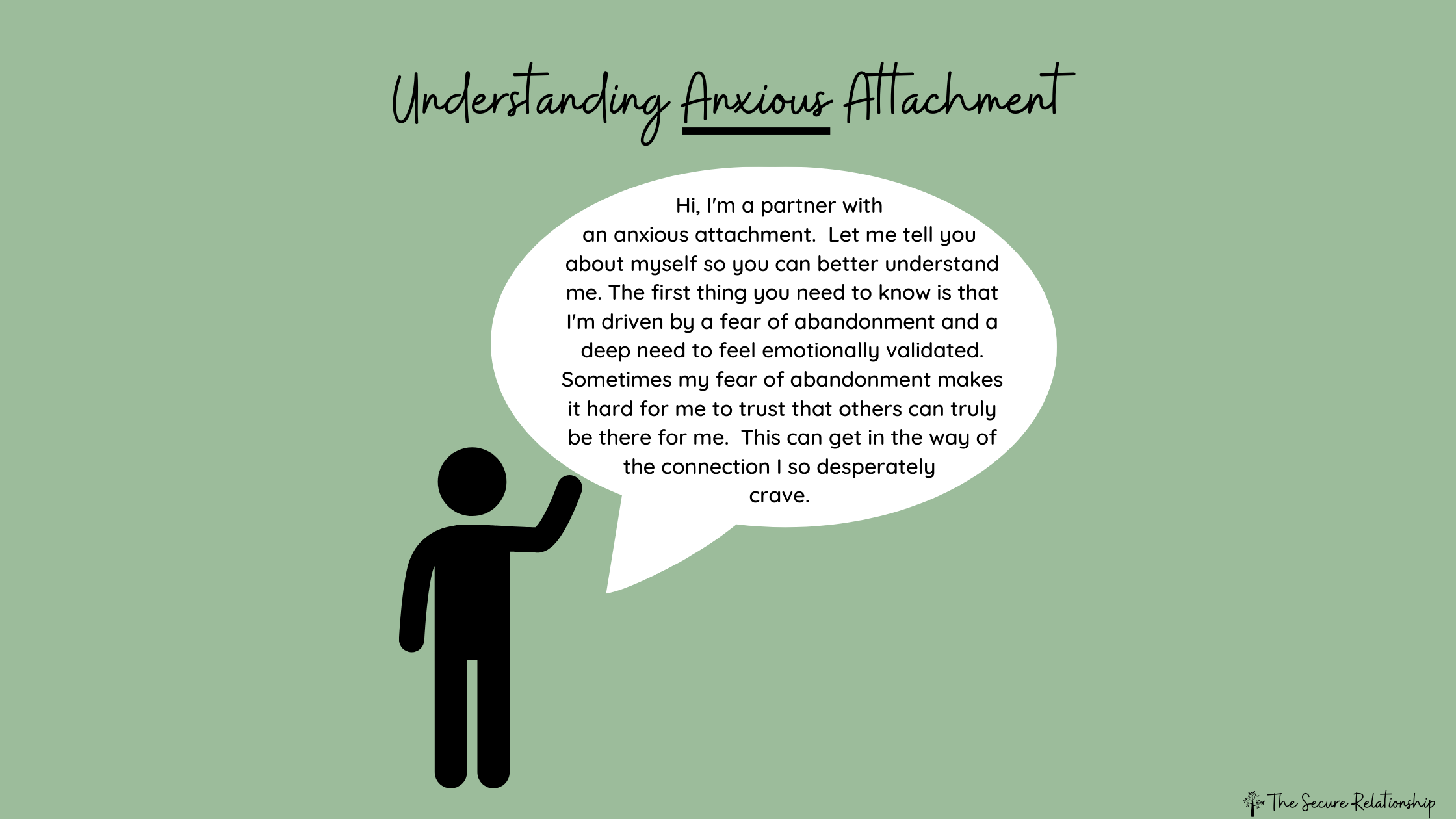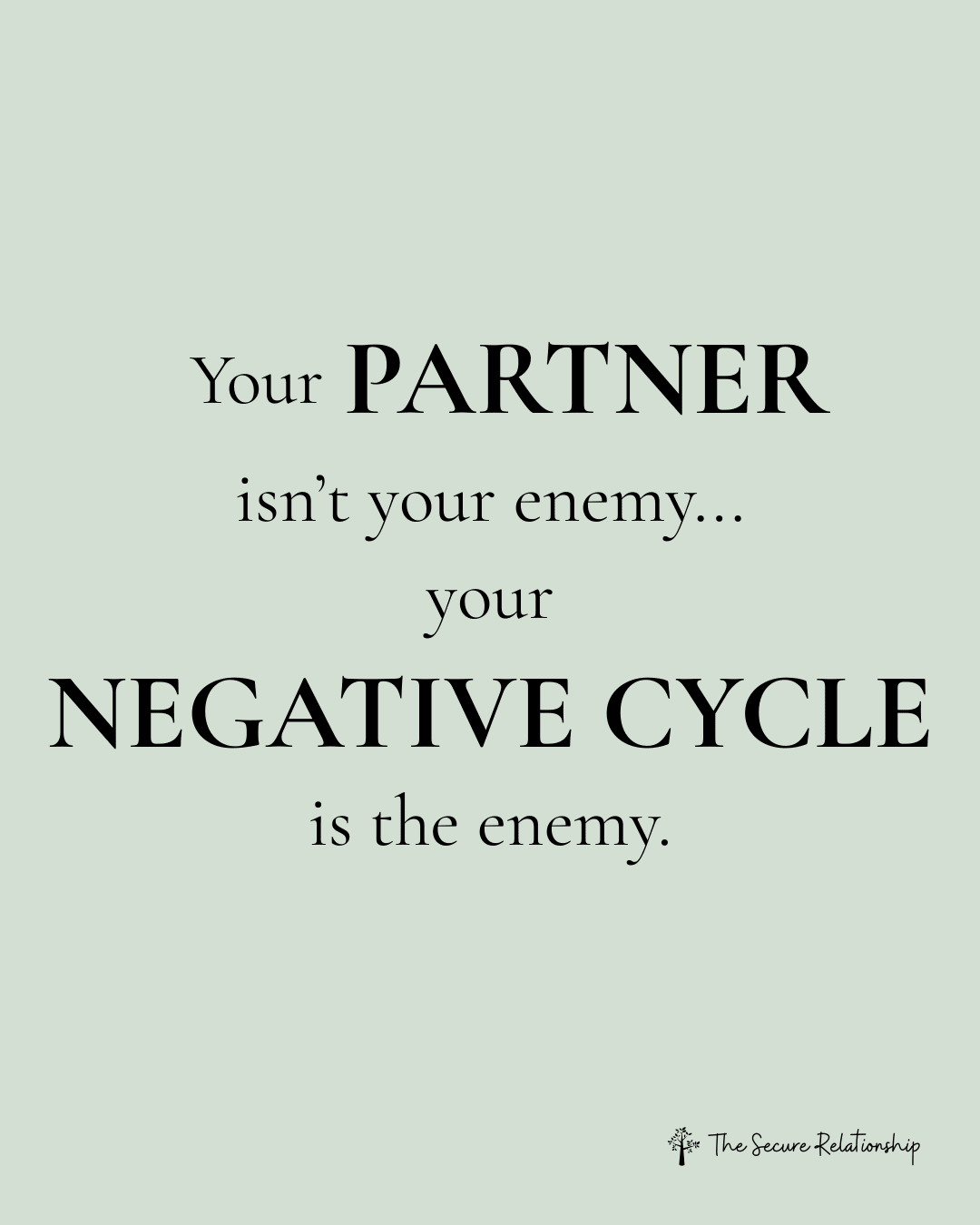Understanding Anxious Attachment Style: A Partner’s Perspective
Hello, I’m a partner with an anxious attachment style. I’d like to share my experiences to help you understand me better. The first thing to know is that I’m deeply driven by a fear of abandonment and an intense need for emotional validation. Sometimes, my fear of being left behind makes it hard for me to trust that someone can truly be there for me, which often blocks the very connection I crave.
The Roots of the Anxious Attachment Style
People like me often grew up in environments with messages like these:
“Others might give me emotional connection… or they might not. I never know if I’ll be responded to.”
“Asking for comfort or connection seems pointless. I have to protest, demand, or be charming to be seen.”
“There’s no room for my big feelings. If I show them, I’ll be shamed, punished, isolated, or appeased.”
“My inner experiences aren’t real; it’s all ‘in my head,’ or I’m ‘making things up.’”
“My needs are ‘too much’ for others.”
“Even if I get the connection I need, it could vanish any moment, so I can’t fully trust or accept it.”
These beliefs can show up in my relationships in subtle, sometimes subconscious ways. For example:
I may find myself drawn to emotionally unavailable partners because it feels familiar, even if it’s painful.
When I do receive the connection I’m looking for, I struggle to trust it, often pushing it away.
I might confuse emotional reactivity (like anger or sadness) with vulnerability. True vulnerability involves the risk of expressing deeper fears, like feeling unlovable.
The Impact on My Relationship
Sometimes I don’t realize that these patterns affect my partner, too. Here’s how:
I may constantly test my partner’s love, looking for reasons to believe it isn’t real.
I crave validation but struggle to ask for it directly. When I don’t receive it, I often feel hurt, which is hard to communicate.
It can be difficult for me to see my role in relationship issues, making it seem like I’m the one doing all the work, and my partner isn’t doing enough.
This has effects on my partner as well:
When my partner feels they’re always “not enough,” it leaves them demoralized.
Blaming my partner for all our relationship problems can make them feel flawed, leaving them resistant to getting help.
If I protest or blame instead of expressing my needs calmly, it can push them away.
Practicing New Ways to Heal
Healing anxious attachment starts with small, intentional changes. Here are steps I’m working on to create healthier dynamics:
Recognize and Acknowledge Positives
I can start healing by recognizing moments when my partner is showing up for me and letting them know it feels good.
Practice True Vulnerability
I can work on being genuinely vulnerable, expressing my fears and insecurities rather than blaming.
Balance Feedback
Rather than focusing on what’s wrong, I can give my partner positive feedback when something feels right. I don’t need to ignore real issues but aim to balance my feedback.
Communicate Needs Clearly
Learn about emotional validation and explain how important it is for me.
Share concerns constructively, without criticizing my partner’s character.
Break the Negative Cycle
Recognize that relationship challenges aren’t one-sided; we’re both part of a negative cycle. I can express myself from my own perspective, like saying, “I need us to work on connecting better,” instead of blaming.
For Partners of Someone with Anxious Attachment
If your partner has an anxious attachment style, here’s how you can support healthier communication:
Offer Emotional Validation: Avoid invalidating their feelings or trying to talk them out of their emotions. Validation helps them feel seen and heard.
Avoid Reinforcing Anxious Behaviors: While you can’t change your partner on your own, stopping behaviors that reinforce their anxiety can contribute to a healthier relationship.
Resources for Healing Anxious Attachment
Explore these resources to deepen your understanding and support healing:
Julie’s Book, Secure Love: Order now for tools to navigate attachment challenges and foster security.
Attachment 101 Course: Includes an Attachment Style Quiz and practical tools for building secure relationships. Learn more.
Coaching Sessions: Work with coaches trained in attachment and emotional validation. Sign up now.
The Secure Love Podcast: Listen now for real-time insights into overcoming attachment-related challenges.
Understanding Shame Workshop: Learn how shame impacts attachment and gain strategies for healing. Join now.
“When I can step back and express my needs without blame or protest, I open a door for genuine connection, allowing my partner and me to grow closer rather than further apart.”



Trying to control your environment—like keeping a spotless house—can sometimes be a way to manage inner anxiety caused by relationship disconnection. But when that strategy backfires, it can create more of the very disconnection you’re trying to avoid. This post explores how personal anxiety shows up in relationships, and how couples can break the cycle.